Affiliate links on Android Authority may earn us a commission. Learn more.
Looking back at CES: Brands to watch out for in 2015

The heavy hitters in the American and European Android smartphone market didn’t have a great deal to say at CES 2015. Only LG released a big smartphone in the shape of the G Flex 2. We’ll see many more new smartphones in and around MWC, but there were some interesting moves from some lesser known names at CES this year. Alcatel, ASUS, Lenovo, BLU, ZTE, the list goes on.
Let’s take a look at the different strategies they’re employing to try and get noticed in an increasingly crowded Android market.
Alcatel sets sights on States
We’ve seen steady progress from TCL, the Chinese manufacturer behind the Alcatel brand, and it has been a whole year since we wrote about Alcatel’s assault on mobile. It has continued to build the Alcatel Onetouch brand since then with a string of affordable budget and mid-range Android devices. Just before CES it unveiled a new smartwatch and the Pixi 3 line of smartphones. There was also news of a new e-commerce website to sell direct to the US public.
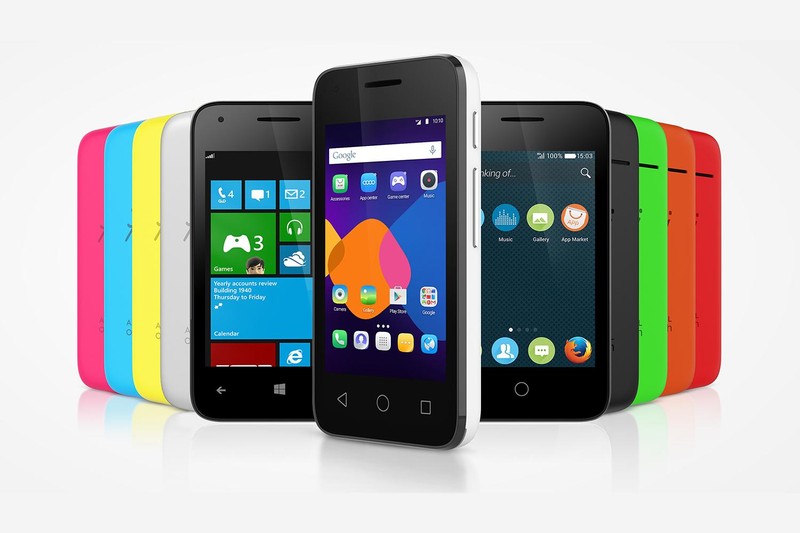
But that’s the not the extent of TCL’s play to enter the market Stateside, because it also has plans to rebuild the Palm brand it acquired as some kind of crowdsourced project. It looks like TCL believes a two-pronged attack might be the way forward and the brands will stay separate.
The crowdsourced idea for the Palm brand sounds an awful lot like Xiaomi’s philosophy and it has the potential to be very successful. Can TCL combine its existing budget credentials with a recognized brand, in the shape of Palm, and persuade people to buy in to the idea of designing a new smartphone?
BLU is all about budget
This lesser known brand is headquartered in Miami. It only popped up in 2009, but it has been doing quite well selling budget, unlocked phones in the Americas. BLU unleashed seven handsets at CES, all under $300. The specs aren’t going to wow you, but the prices might. The standout is the vivo Air, a premium-looking phone that’s impressively slim at 5.1mm.

The strategy here is to reduce overheads as far as possible and undercut the competition. Some of BLU’s phones are re-badged versions from other manufacturers like Gionee. All their smartphones are sold unlocked through Amazon. The question is whether BLU can keep up the momentum when more budget OEMs, especially from China, move in next door.
ASUS and Android
The Taiwanese manufacturer ASUS has been a major PC vendor for years now. It joined the Open Handset Alliance in 2008, but its biggest success on the Android platform so far has been the Nexus 7. ASUS built both models for Google. It has dabbled with its own tablets and smartphones and it started to look serious with last year’s Zenfone.
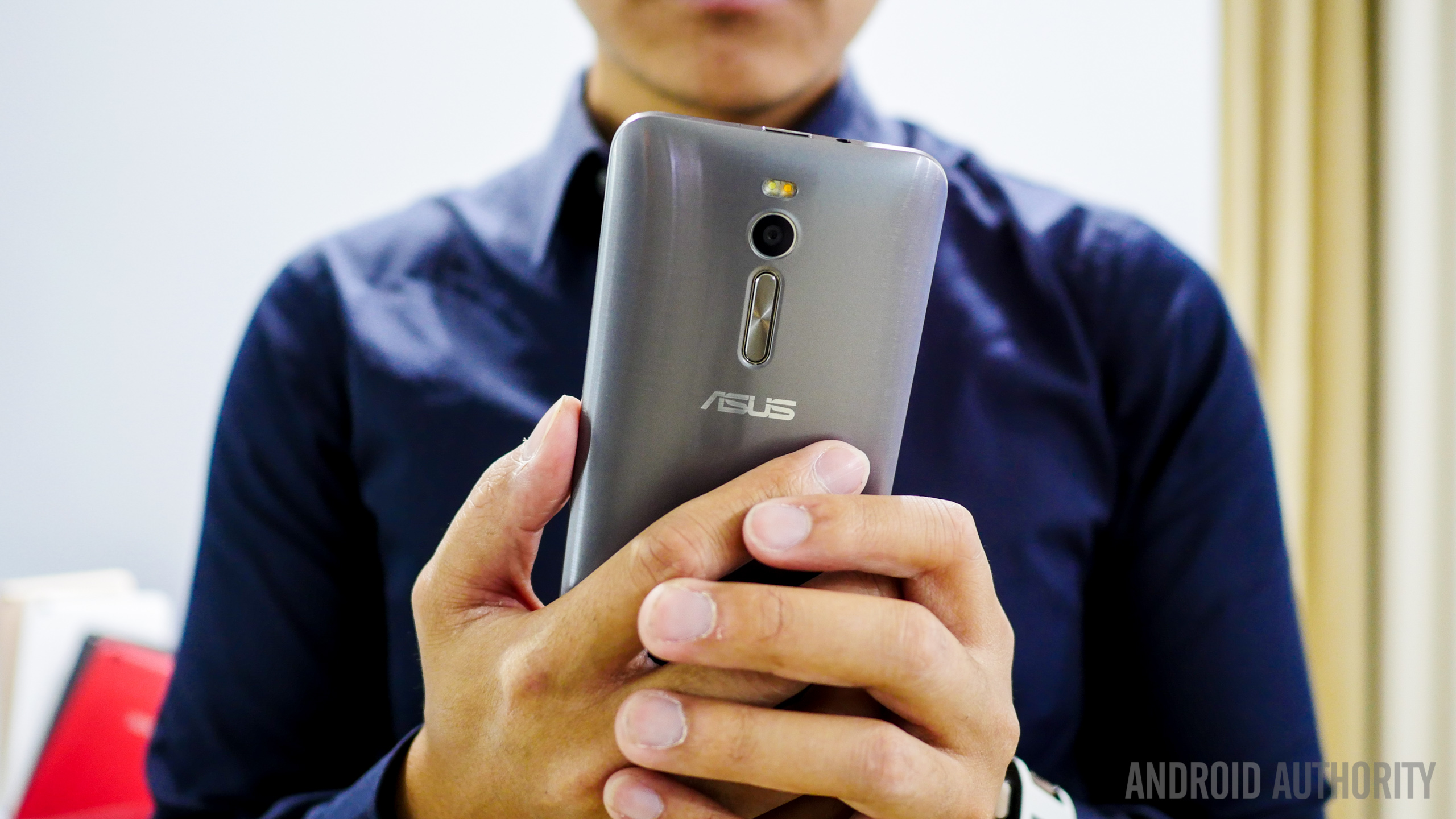
This year’s CES saw ASUS announce the Zenfone 2 which is an impressive-looking, Lollipop smartphone with a really solid set of specs for just $200. There was also the Zenfone Zoom for anyone hankering for 3X optical zoom on their smartphone camera. The ASUS strategy for Android looks much the same as its PC strategy – offer a solid experience at a budget price.
Lenovo is third
Already a major player in the PC and tablet market, after acquiring Motorola, Lenovo claimed the third spot in smartphones behind Samsung and Apple. The company showed off a couple of sexy mid-rangers, the P90 and the Vibe X2 Pro, at CES, but neither are aimed at the States.
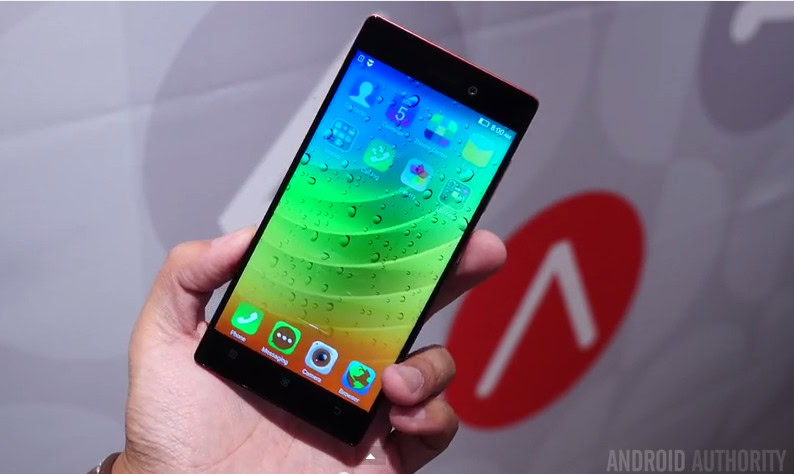
A number of Chinese manufacturers have been climbing the charts on the back of sales in China and other emerging markets, where the growth rate is still high, but cracking the US and Europe is a whole different prospect. The difference with Lenovo is Motorola. Google seemed to be guiding the Motorola brand back to success with a budget approach that should suit Lenovo.
Motorola may offer a route to success that the Lenovo brand couldn’t manage, and the company has deep enough pockets to make things very difficult for everyone else. It will be interesting to see what develops.
ZTE is a player
The ZTE nubia Z7 is the new top of ZTE’s range, but it doesn’t look likely to get a release outside Asia. However, ZTE has plenty of bargain wares available across the globe and it seems to have found a home on Cricket in the States. The latest $200 release there is the Grand X Max+ which looks like a solid mid-range phablet. ZTE also showed off the Star 2 at CES.
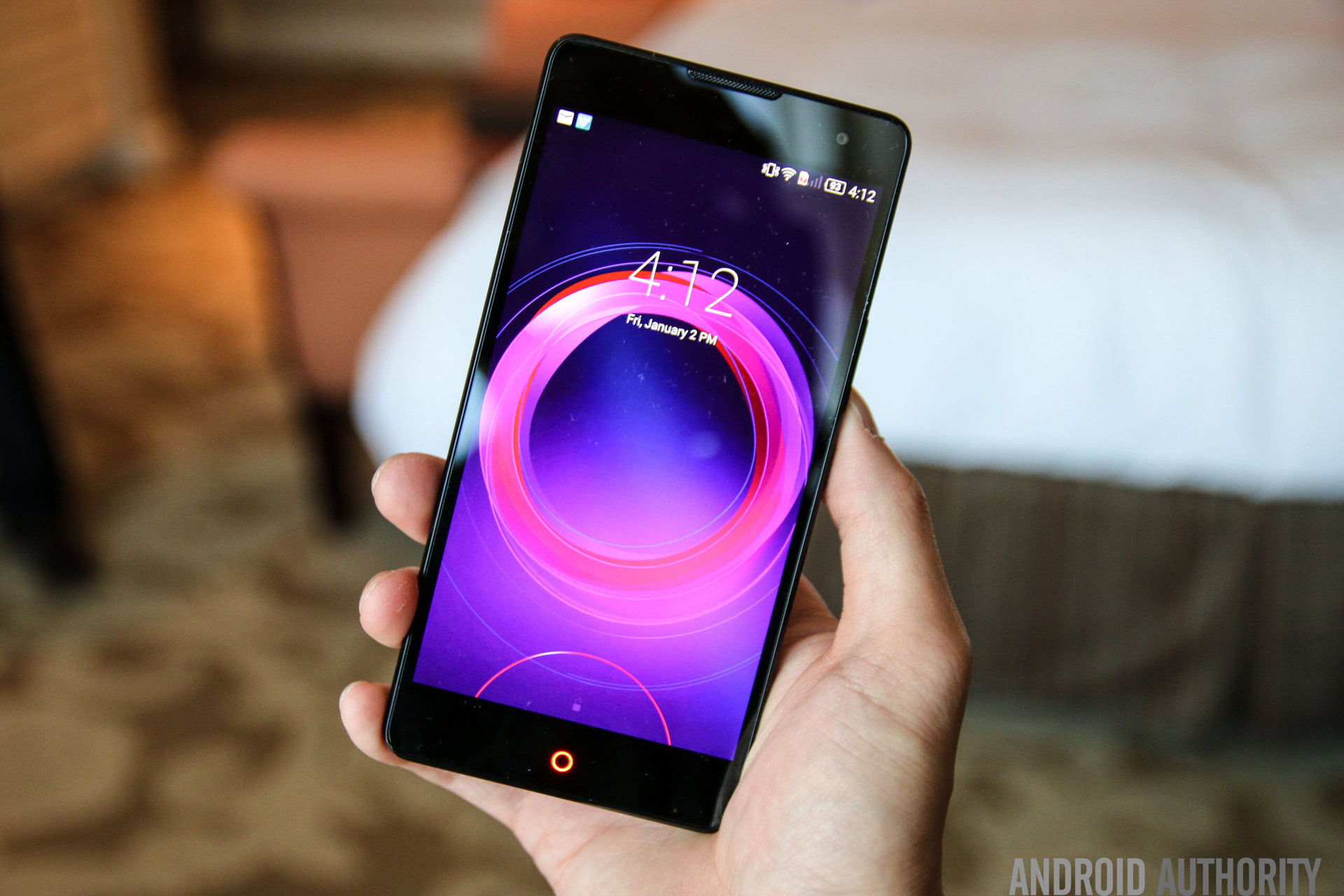
We also named the ZTE SPro 2, Android projector, in our best of CES 2015.
Saygus says hello
A fresh new start-up that caught the eye at CES this year, Saygus is an American smartphone maker that’s throwing everything, but the kitchen sink into its debut super smartphone, the Saygus V2. It starts out gently with a 5-inch 1080p display with tiny bezels, a 2.5GHz Snapdragon 801, Adreno 330 GPU, and 3GB of RAM.
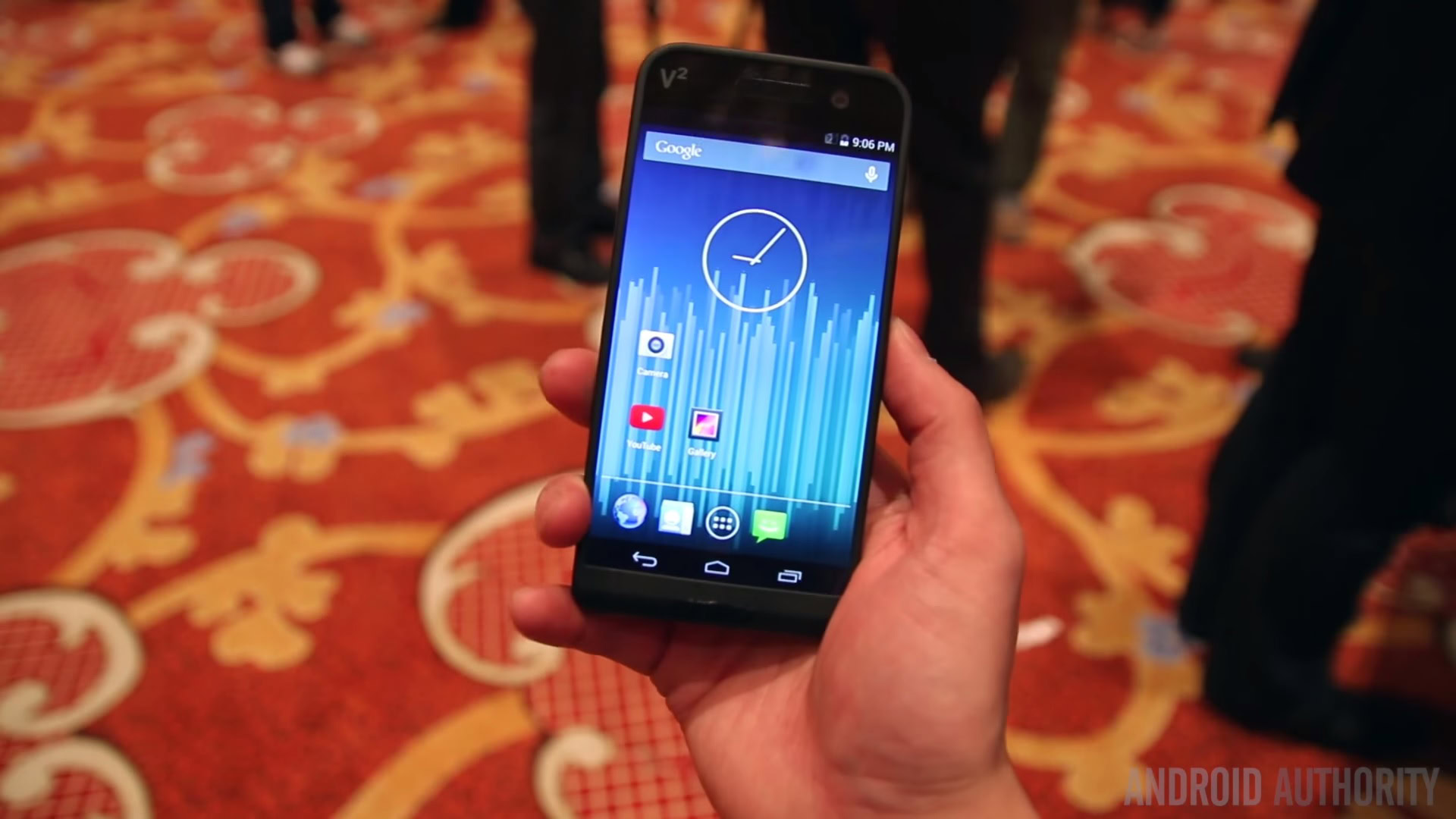
Then there’s a 21MP main camera with a 13MP selfie cam. 64GB of storage which can be boosted up to 320GB with two 128GB microSD cards. The removable battery is rated at 3100mAh. It has front-facing Harmon Kardon speakers. It’s also waterproof and has a premium aluminum and Kevlar body. There’s even a fingerprint scanner. It has all the makings of a cult classic. The Saygus strategy seems to be to listen to what hardcore Android fans want, which could definitely carve it out a profitable niche.
And the rest
We can’t cover everyone, but it’s worth mentioning that HUAWEI is still huge. There were no major announcements, but HUAWEI had more than a hundred different products on show at CES. It’s done well with the HONOR and Ascend Mate lines, dropping the HUAWEI brand in Europe, but it still hasn’t cracked the US.
The Android scene, especially at the budget end of the market, has never been more competitive than it is right now.
Archos and Acer continued their budget lines at CES too. Acer’s Liquid Jade S looks like a decent mid-ranger. Xiaomi waited until a few days after CES to launch the Mi Note and Mi Note Pro, but they may never be released outside of China. There were also a number of hot players that didn’t really have an official presence at CES, such as OnePlus, which is expected to unveil two handsets sometime later this year.
The Android scene, especially at the budget end of the market, has never been more competitive than it is right now. It remains to be seen which strategy will reap the greatest rewards in 2015. Place your bets now.